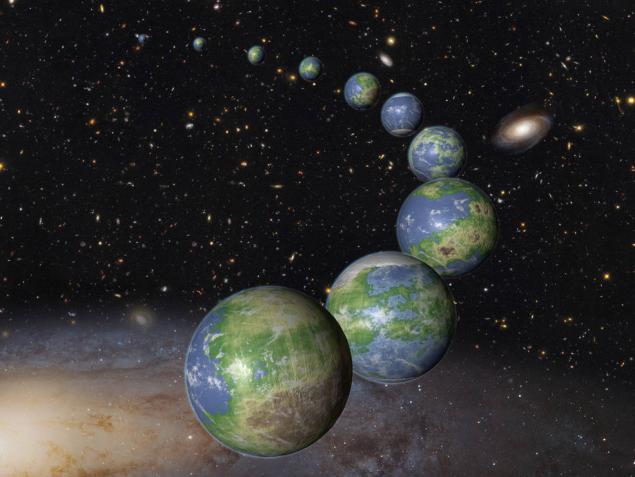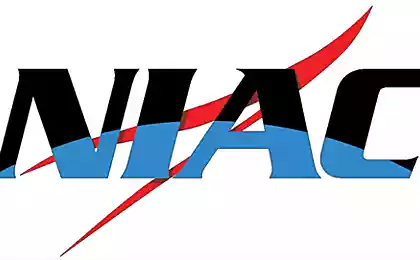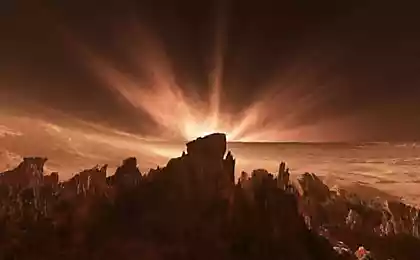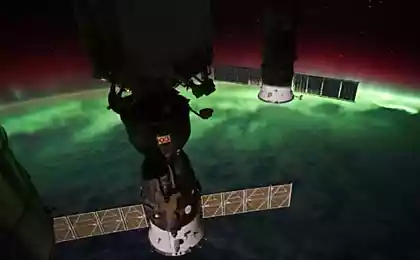680
Most Earth-like planets yet to be born

Photo: Credits: NASA, ESA, and G. Bacon (STScI) i>
Scientists from NASA conducted a study of currently available materials on the distribution of various chemical elements of the universe (observable), and пришли concluded , that the earth belongs to the rather rare at the moment the class of planets. Yes, it was known before, but now the situation is cleared up, why are Earth-like planets are found not so often. The fact is that the vast majority of these planets will form only. According to a new study, when our solar system was formed (4, 6 billion years ago), the universe existed only 8% of all terrestrial planets of this class of planets that must exist in our universe. It's about the fact that 92% have yet to appear.
This finding, scientists have made after a detailed study information obtained Hubble and Kepler. According to experts, the Earth appeared quite early, most of these planets will be in the distant future. Now the new stars formed much less than 10 billion years ago. But the star-forming elements (hydrogen and helium) is now so much that it will suffice for the formation of new stars is still a long, long time. In addition, a large number of elements of the universe, which can serve to build and new planets, both within the Milky Way and in other regions.
Now, in the Milky Way, there are about 1 billion Earth-like worlds, scientists made this conclusion after studying the data provided by the Kepler space observatory. The number of such planets magnified many times, when you consider that in the foreseeable part of the Universe, there are about 100 billion galaxies. Basically, in our galaxy is fairly common planet, which rotates around its star at a distance that ensures the existence of liquid water on the planet.
However, in the future you should see more terrestrial planets than it is now. Most likely, such a planet will appear in the star systems of the giant galaxy clusters, as well as in dwarf galaxies, which have yet to start spending the chemical elements for the formation of stars and planetary systems relevant. The Milky Way has used these elements much more than the vast majority of other galaxies.
The advantage of our civilization is the invention of the telescope and the presence of orbiting observatories, allowing the study of our world. If all goes well, at the civilization of the Earth has a good chance to develop in the future.
Now scientists believe that the last star in our universe will be no earlier than 100 trillion years - helium, hydrogen and other elements are many.
Source: geektimes.ru/post/264352/























